![]()
![]() It seems that August is turning into ‘revisit past earthquakes’ month. Last week, Haiti; this week, the magnitude 8.1 earthquake that shook Samoa last September. Two Nature papers out this week unveil a slightly more complex story than we originally thought: a tale involving not just one, but two, or possibly even three, great earthquakes.
It seems that August is turning into ‘revisit past earthquakes’ month. Last week, Haiti; this week, the magnitude 8.1 earthquake that shook Samoa last September. Two Nature papers out this week unveil a slightly more complex story than we originally thought: a tale involving not just one, but two, or possibly even three, great earthquakes.
What remains undisputed is that a magnitude 8.1 earthquake ruptured the Pacific plate on the ‘trench slope’, just to the east of where it was being subducted beneath the Tonga microplate. It had an extensional focal mechanism, and was probably due to bending of the Pacific plate.

Initial interpretation of the Samoa earthquake of September 2009.
However, the aftermath of the earthquake provided several clues that this was not the whole story. Most of the aftershocks in the weeks that followed the main event were located not around the rupture point on the Pacific plate, but on the subduction megathrust, or even in the overiding Tongan plate – places where you would not expect the most significant stress changes to have occurred. The propogation of tsunami waves that caused great damage in Samoa and Northern Tonga, as charted by monitoring buoys, could not be modelled properly either – unless you assumed a thrust fault had generated the tsunami, rather than a normal fault as implied by the focal mechanism (shown in the figure above).
The initial focal mechanism for an earthquake is calculated primarily from the first motions – the behaviour of the first earthquake waves to arrive at seismometers around the world. However, if you want to properly model the size and shape of the fault plane that ruptured then you have to look at the whole train of seismic waves that arrived, from start to finish. When this was done, it was found that the full solution didn’t match up to the initial focal mechanism – in fact, there was no solution where a single, simple, rupture could produce the seismic signal from Samoa.
Solving this discrepancy requires an even closer look, which Lay et al have obliged us by taking. What they discovered was that the first minute or two of the arriving earthquake waves could be modelled by an extensional rupture on the trench slope, just as the initial focal mechanism suggested. After that, however, there was a significant divergence between what was expected from modelling such a rupture, and what was actually picked up by the global seismometer network. This suggested that the original earthquake had triggered another nearby, adding its own seismic voice to the cacophony. Further modelling demonstrated that you can generate a good fit to the observed seismograms if the subduction megathrust had ruptured at the same time. The best fit solution suggests it ruptured not once, but twice in quick succession, generating two magnitude 7.8 earthquakes. As a result of this almost instantaneous response, the seismic waves generated by the thrust events were mixed together with the seismic waves still being generated by the original earthquake, rather than showing up with their own right. But their signal can be extracted, and it explains the aftershock pattern – there are lots of aftershocks on the plate boundary because it actually ruptured as well.
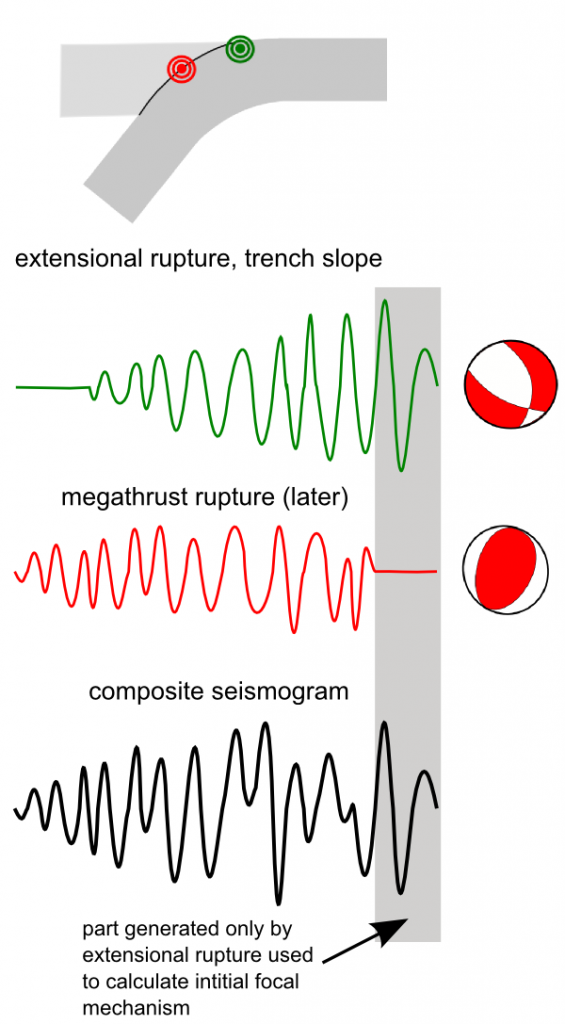
Interpretation of Lay et al.. The detected earthquake signal is a composite of an extensional rupture on the trench slope, and thrusting on the subduction boundary.
But wait – there’s a second Nature paper too, which comes to similar, but not identical, conclusions. Beavan et al. start from the same point – that there was something a bit weird about this earthquake, particularly in the tsunami propagation patterns – but took a different route of investigation, opting to use GPS measurements to determine the post-seismic deformation. They found that sites situated on the most northerly of the Tonga islands had moved 3.5 cm to the east since the last set of GPS measurements in December 2005 – a vast discrepancy with the 0.8 cm of southwest movement that should have resulted from the extensional earthquake on the Pacific plate. The amount and direction of motion was much more consistent with a large compressional earthquake – of around magnitude 8.0 – on the subduction megathrust. Since no such event has been detected since 2005, they also conclude that this thrusting must have occurred within a few minutes of the trench slope earthquake on September 29th, and was responsible for generating the tsunami. This explains why the tsunami looked like it had been generated by a megathrust earthquake – it had been.
So where do these two papers differ? Beavan et al. are proposing one megathrust earthquake, while Lay et. al are proposing two, but this is less important than it probably seems. the total seismic energy release is pretty much the same in both cases, and the separate ruptures modelled by Lay et. al pretty much run into each other, which would make them difficult to separate in other datasets. A more significant difference is the proposed order of events: Lay et. al propose the extensional, trench slope earthquake occurred before, and triggered, the megathrust rupture(s); Beavan et al. think that it is far more likely that the subduction zone ruptured first, and this triggered the trench slope earthquake. However, they suggest that the megathrust event was a ‘slow’ earthquake, where fault movement is a slow grind rather than an abrupt jerk. Because the seismic waves generated by such event also build up slowly in amplitude, the initiation of the thrust earthquake was not detected; and by the time the signal was detectable, the larger earthquake on the trench slope had already been triggered and was obscuring it.
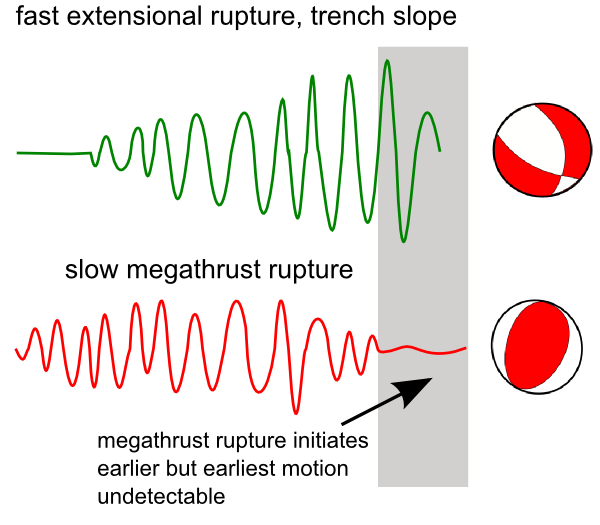
Interpretation of Beavan et al.. The thrusting occurs before the extensional rupture, but because it is a 'slow' earthquake it is not detected.
If I was forced to choose, I suspect that the seismic records used by Lay et al. should provide much better constraints on the sequence of events than the GPS and tsunami buoy records used by Beavan et al.. But if it was that clear-cut, I doubt both papers would have been published together like they have. Either way, these papers demonstrate just how sophisticated our analysis of earthquakes is becoming – and how much more sophisticated they might need to become before we fully understand the way the Earth deforms.
Lay, T., Ammon, C., Kanamori, H., Rivera, L., Koper, K., & Hutko, A. (2010). The 2009 SamoañTonga great earthquake triggered doublet Nature, 466 (7309), 964-968 DOI: 10.1038/nature09214
Beavan, J., Wang, X., Holden, C., Wilson, K., Power, W., Prasetya, G., Bevis, M., & Kautoke, R. (2010). Near-simultaneous great earthquakes at Tongan megathrust and outer rise in September 2009 Nature, 466 (7309), 959-963 DOI: 10.1038/nature09292


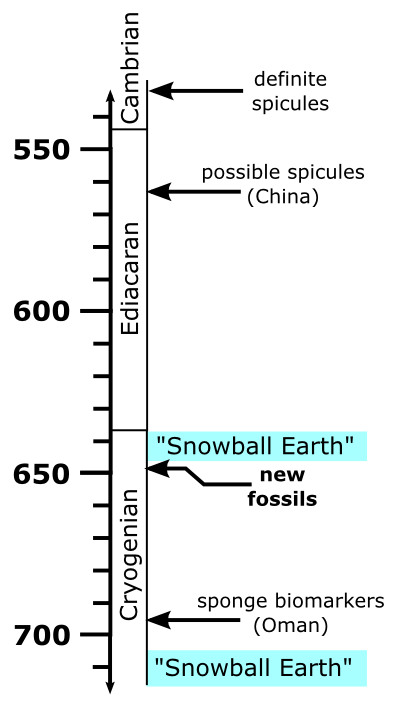
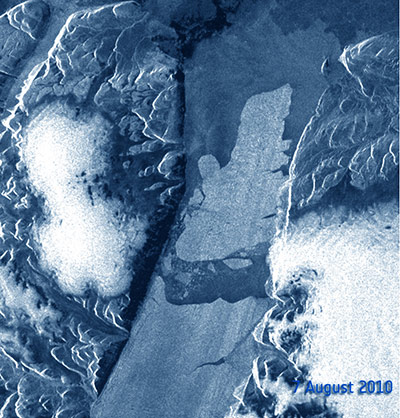


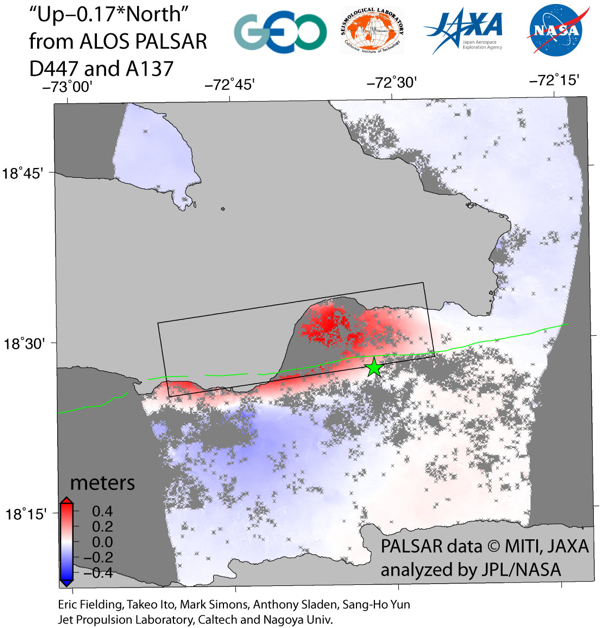
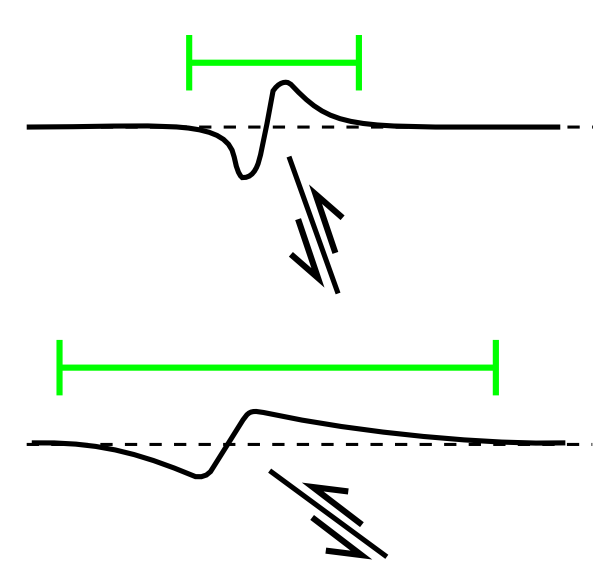
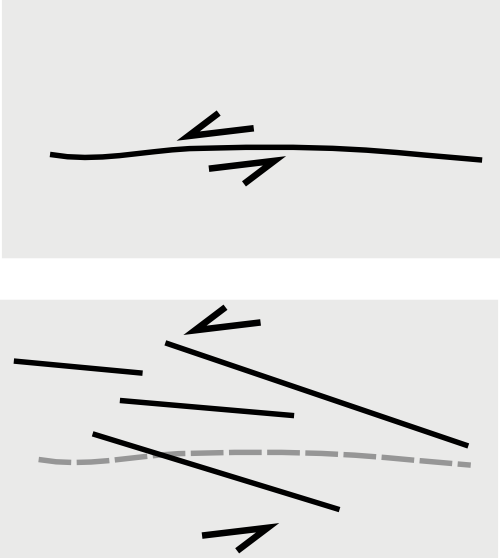
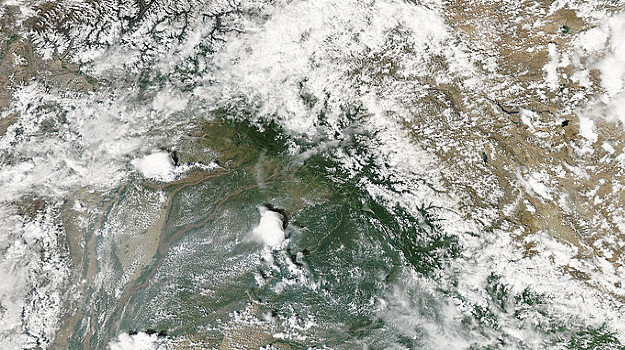
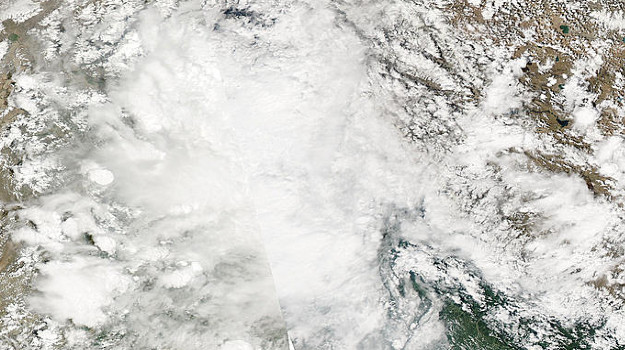
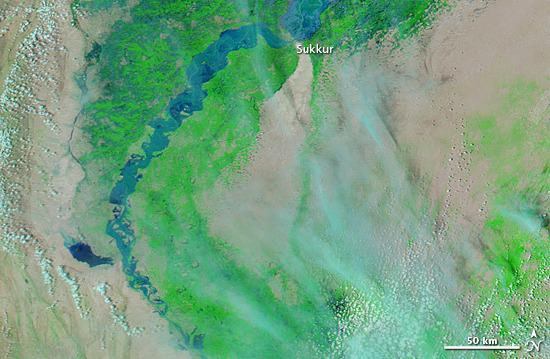


Nice plan for content warnings on Mastodon and the Fediverse. Now you need a Mastodon/Fediverse button on this blog.